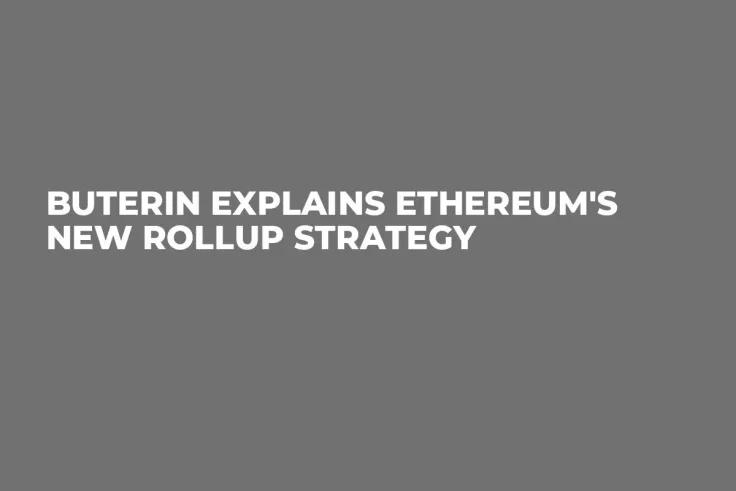
Vitalik Buterin has stepped into the ongoing conversation about rollups, offering a fresh perspective on how they interact with external data chains. This update comes at a time when the Ethereum community is deeply engaged in discussions about the architecture and security of layer-2 solutions.
Rollups in new light
At the heart of Buterin's intervention is the distinction between traditional Ethereum rollups and the "Validium" solution.
In a nuanced take, Buterin explained that when an Ethereum rollup uses an external data chain for data availability (DA), it transitions into a validium. This represents a shift from the earlier understanding, where Ethereum's layer-2 solutions were almost exclusively equated with rollups. Central to Buterin's explanation is the concept of an "unconditional security guarantee," a hallmark of rollups that ensures users' assets are retrievable under any circumstances.
However, this level of security may not be as robust when an external DA system is in play. Nonetheless, Buterin sees a place for validiums, suggesting that with robust distributed DA systems, they can offer a significant boost to an application's practical security.
Diverse views from Ethereum community
The Ethereum community has engaged in a lively debate over the nuances of this new direction. Discussions have revolved around the implications of using various external chains, such as Celestia, as DA layers, and how these choices impact the classification of a project as a layer-2 solution.
Some community members pointed out that the integration of external chains adds complexity to the layer-2 landscape and could potentially overlook the unique attributes of each solution.
There is also a concern that the security of modular blockchain systems could be compromised if any component, like the DA or execution layer, is weak.
Despite these concerns, others in the community believe that categorizing these solutions as "layer 2" remains effective for communication purposes, especially when they use Ethereum's layer 1 for security and settlement.

 Tomiwabold Olajide
Tomiwabold Olajide Gamza Khanzadaev
Gamza Khanzadaev Godfrey Benjamin
Godfrey Benjamin Denys Serhiichuk
Denys Serhiichuk Vladislav Sopov
Vladislav Sopov